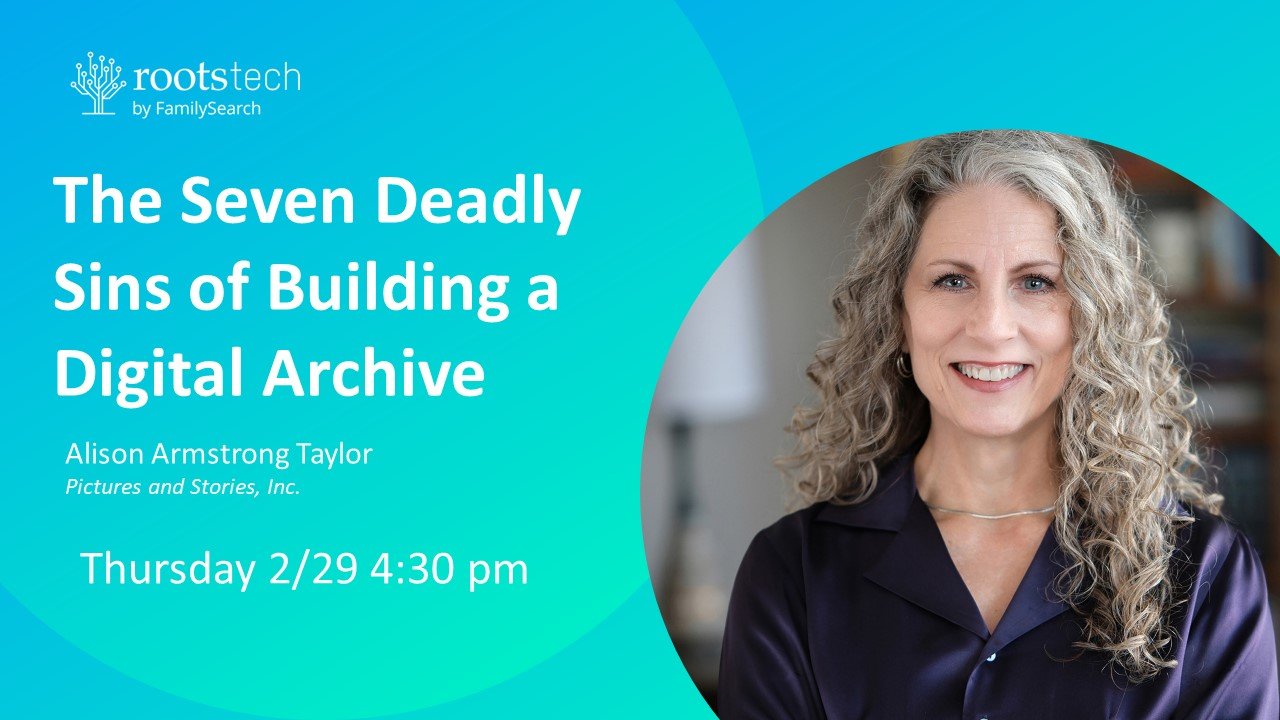The “memoir/cookbook” has been become a popular bestselling genre in recent years. From Pioneer Woman to Smitten Kitchen, food bloggers and celebrity chefs everywhere have cashed in on the blending of food and stories.
Your don’t have to be a famous chef or internet sensation to create a life story cookbook. All you need is a few favorite family stories and a love of food, and a desire to preserve and share your recipes—and stories—with family and friends.
Five STEPS TO MAKING A FAMILY STORY COOKBOOK
1. Gather story ideas on a timeline.
No matter what kind of memoir project you may be doing, starting with a life timeline is always a good idea. Get a large piece of paper (or a notebook), and divide your life into sections by decade, life milestones (grade school, college, etc.) or places you've lived. Brainstorm ideas for stories and jot down a few words to remind you of things that have happened in each time period. Use memory trigger questions to help bring things to mind. If you get ideas that have nothing to do with food, write them down too, because you may use them for another project. Continue to capture ideas as they come to you over time. When you have gathered quite a few story ideas, move on to step two:
Use a timeline chart or large sheet of paper to create a timeline.
A notebook with a page for each year or life division works too.
2. Gather favorite recipes and photos
Start to gather some recipes together that you might want to include. Look for photos that could be used with them: of the people who gave you the recipes, your grandmother in the kitchen, your dad at the dinner table, etc. If, while you are looking through photos, if you get any other story ideas (for a cookbook or otherwise), jot them on your timeline.
Photo by Cristie Mabey
3. Choose a focus for your project and select pictures, stories, and recipes.
Now that you've gathered some ideas, take a look at what you have and decide on a focus for your cookbook. Do you want it to be a memoir that is mostly stories with a few recipes sprinkled throughout? Or a cookbook with stories? Browse some cookbook/memoirs in the library or bookstore and get some ideas. Then select the stories, photos, and recipes you'll use and look at what is missing.
Here are some ideas:
- A travel cookbook - dishes, stories, and photos from your favorite travels
- Recipes/stories from one fabulous cook in the family, such as your dad or grandmother
- A family cookbook, which gathers recipes and stories from different family members
- Cooking by the decade - recipes handed down from ancestors, including a pedigree chart of the cooks and how they are related
- Stories and recipes from a particular time period in your life or in history, such as a humanitarian mission you served, or recipes your grandmother made with rations during WWII that your mother still makes today.
4. Fill in the holes.
Do you have a great recipe that you want to include, but don't really have a story to go with it? Ask yourself what this recipe reminds you of. For instance, I would want to include my super-easy artisan bread recipe, but I've only been making it recently and don't really have any life memories connected with it. But as I make my "5-minute" bread, I think about my mother, who devoted at least one day a week to making bread from scratch to feed our family of four, kneading, timing, resting, punching endlessly. So this could be a jumping-off point for some reminiscences about my mom. Add a photo of the bread and a photo of her to the recipe and the story, and I have a great recipe page.
Do you have a family story about food, but no real recipe or photos to go with it? My mom once told me a hilarious story about starting a food fight at the family dinner table (much to the chagrin of my aunt, who had invited a date to dinner), which ended with my grandmother pinning Mom to the floor and dumping spaghetti on her head. I sadly have no photos of this incident, or even my grandmother's spaghetti recipe. But I do have some photos of Grandma, and I have a great recipe for Sauce Bolognese, which I could use to supplement the story.
Here's an example of how I took a family story and added photos and a recipe of my own.
You can also take photos of your own food to add. (In future I'll post a how-to on simple food photography).
5. Decide how you'll publish your story cookbook.
There are many ways to go about this, both low- and high-tech. I found literally hundreds of ideas for DIY cookbooks on Pinterest and Instagram.
Low-tech options:
Binders with pages in sheet protectors. There are two advantages to this low-tech option: you can add to it at any time, and you can wipe spills off the pages!
Scrapbooks. The downside of traditional scrapbooks is that they are unique and not easily duplicated.
High-tech options:
Scrapbooking software. Especially if you are already using some software you like for scrapbooking, consider using it to make a duplicateable story cookbook.
Online photo book software. This is a great option on many levels. Photo books are great for short chunks of text with photos, which may not work for a long autobiographical narrative but fits the story cookbook idea perfectly! You can also order and re-order multiple copies. They are usually hardbound and archival. The downside is that photo book companies come and go, so pick one that is well-established if you want to be able to reorder your book in the future.
Here's a great example of a cookbook done using Shutterfly.
Lindsay at The Accidental Wallflower did a beautiful job combining photos and recipes to create her custom cookbook.
Of course, you can always hire a designer (wink wink) to lay out a gorgeous cookbook for you, giving you complete control of what it looks like. And you will have the files to be able to reprint anywhere, at any time.












